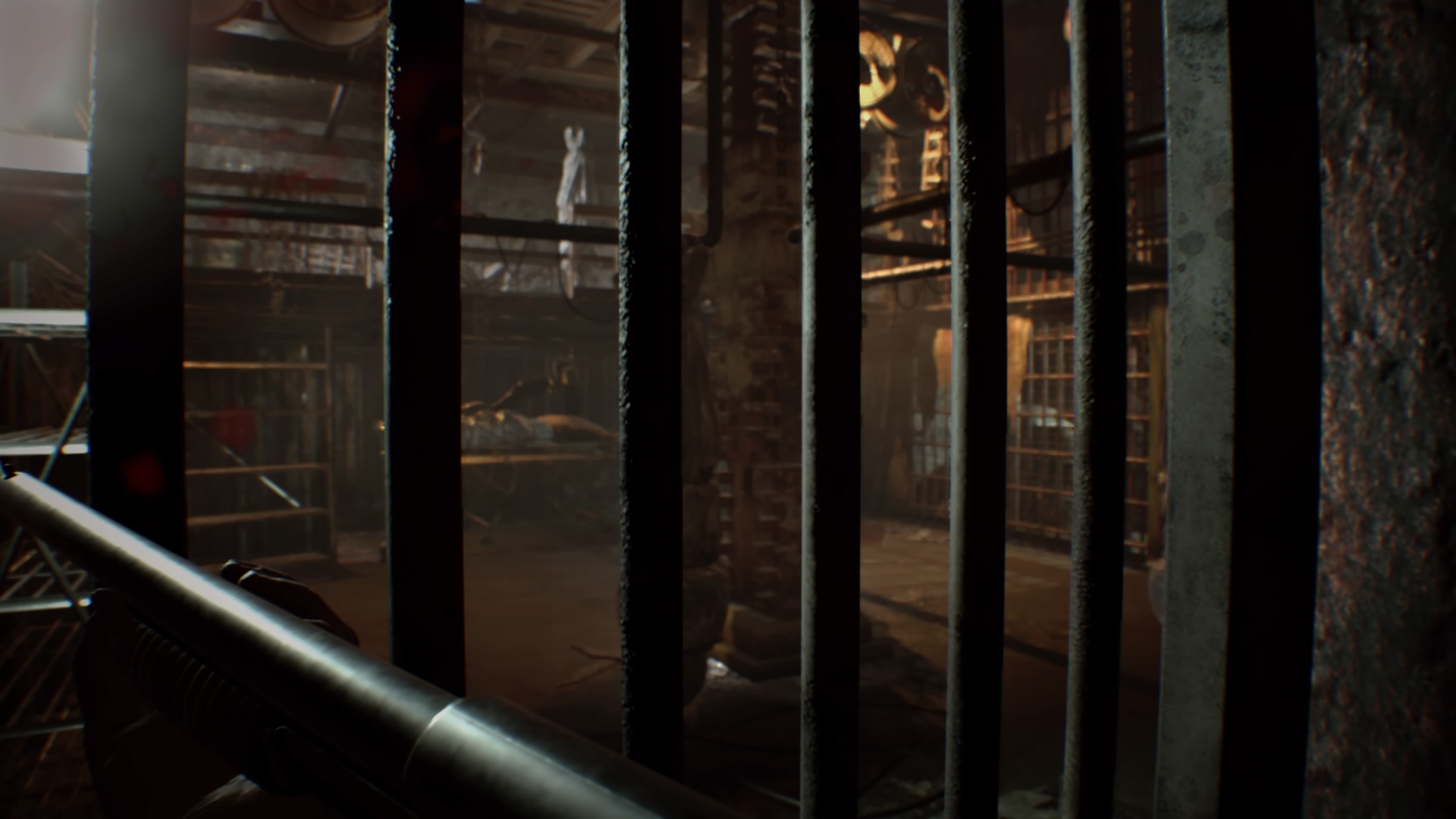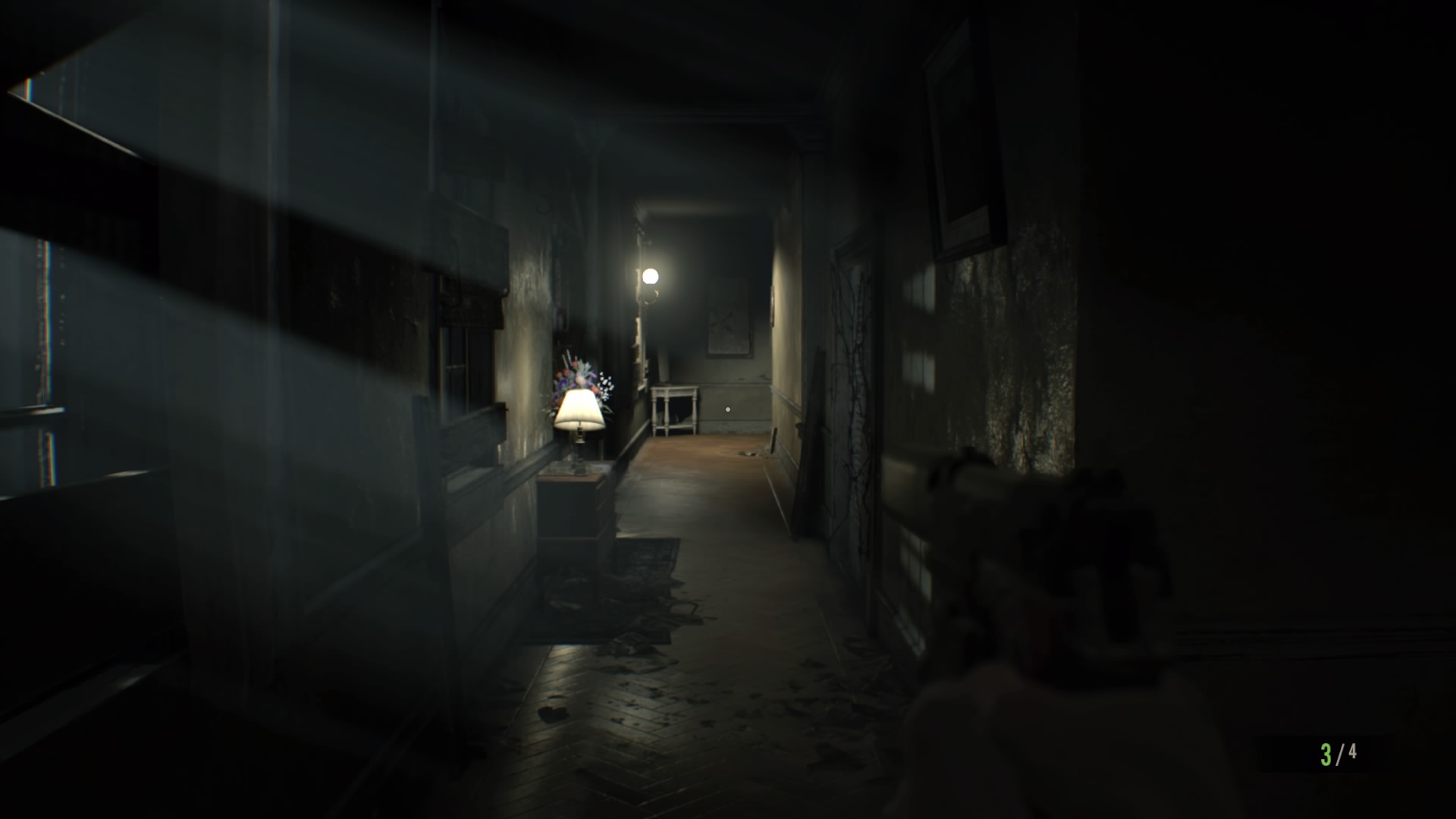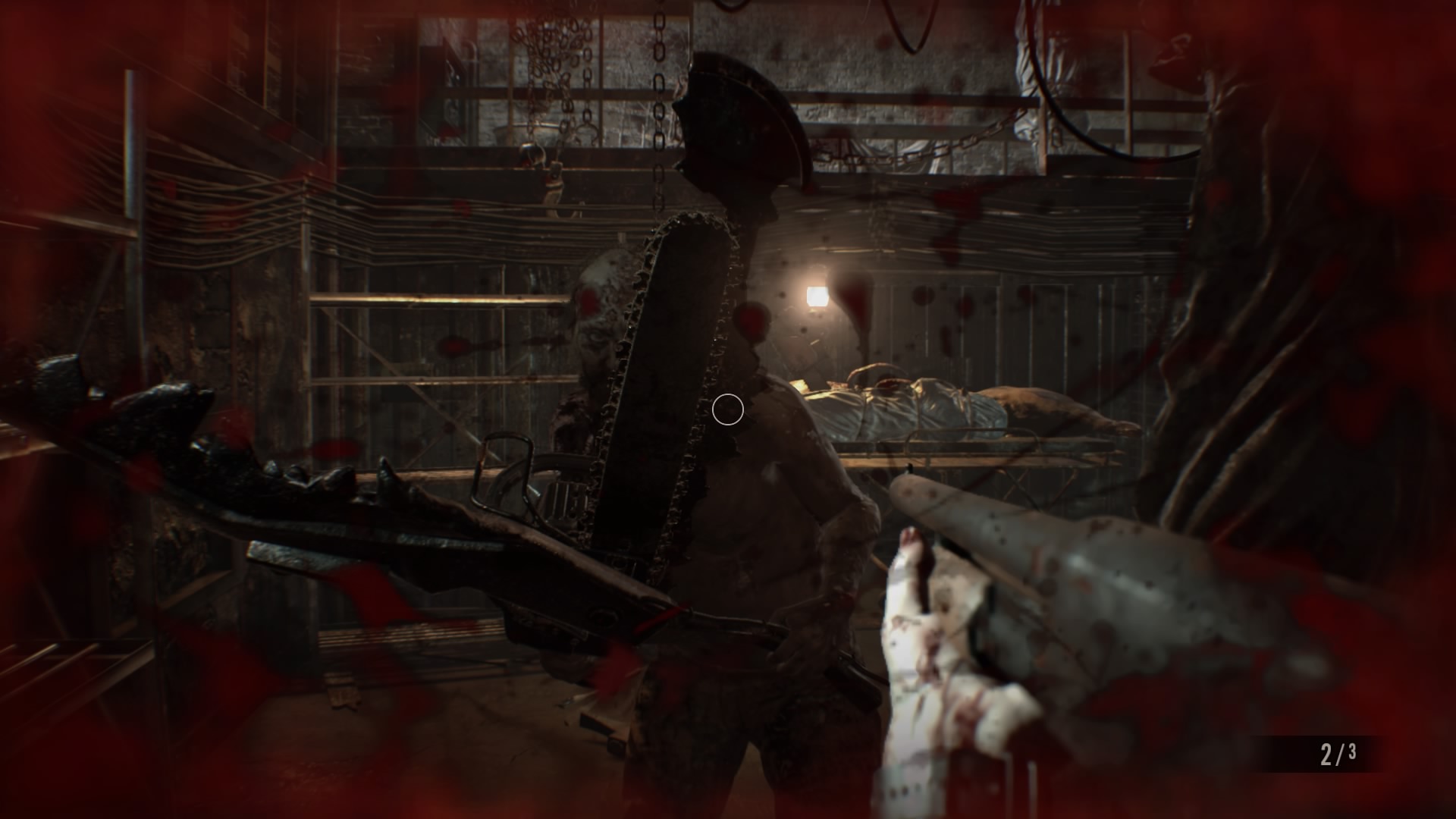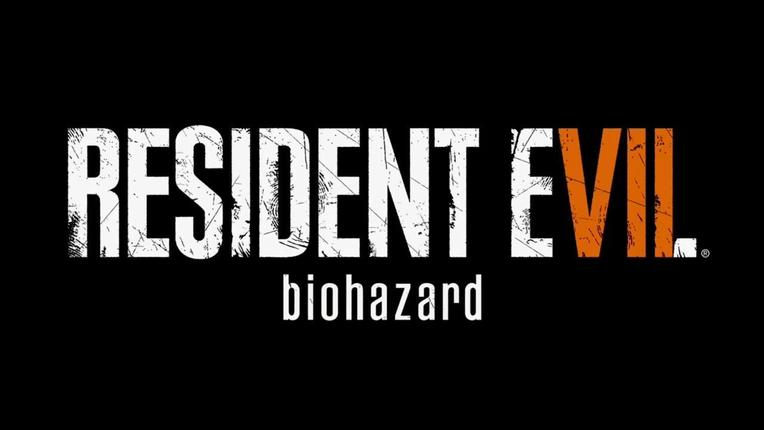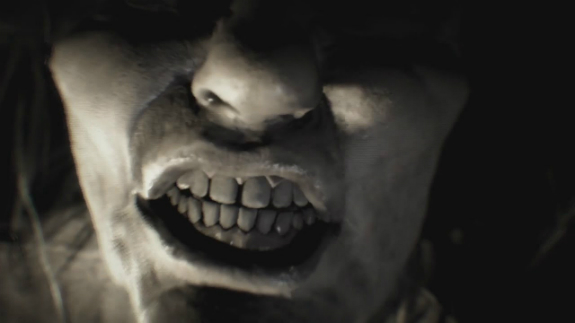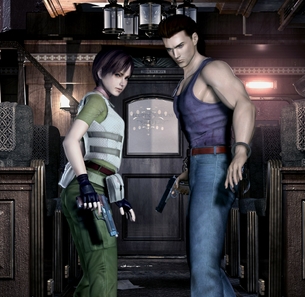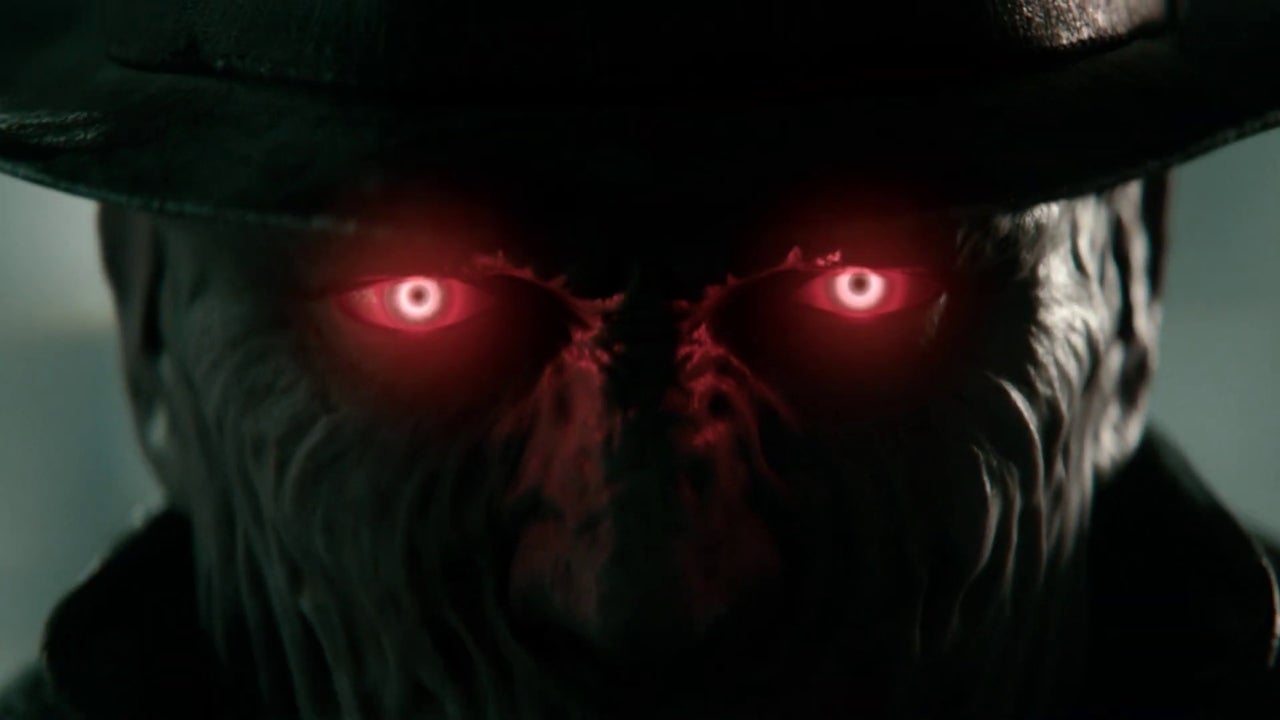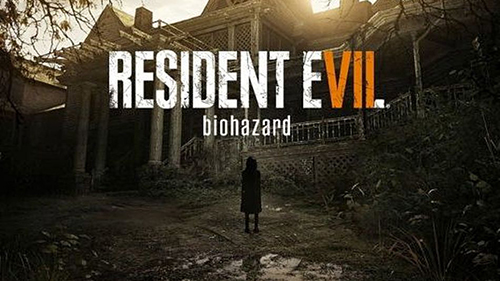
Resident Evil VII Biohazard is the course correction the series has needed for years. After the initial trilogy perfected classic survival horror with tank controls, everyone remembers when Resident Evil 4 came along and redefined Resident Evil (as well as third-person shooters) as praise was heaped upon it. It was almost too successful for its own good, as the series has found itself unable to grow beyond the gameplay model established for the past decade, only heaping bigger and more ridiculous set-pieces to try and up the ante.
But a decade has passed, and horror games have spun-off into new directions, and Capcom seem to have finally woken up to this fact. Resident Evil VII strips back (most of) the silly set-pieces and ridiculous excess the series was mired in, and returns you to where the series began – with limited weapons, limited ammo, and a mansion full of secrets.
The main character, Ethan, is lured to Dulvey, Louisiana by a letter from his presumed dead wife. What he finds is the abandoned, haunted mansion of the Baker family, except it isn’t quite so abandoned. The Bakers are still around, although Ethan begins to suspect something’s very wrong with them, around about the time they invite him to a family feast of rotten grubs and insects, while Daddy Baker casually chops his son’s arm off.
The family is one of the most fun additions to the Resident Evil canon, even if they do go a little over-the-top. There’s a good mixture of Deliverance and The Shining in the scenery-chomping Jack ‘Daddy’ Baker, while son Lucas is just the kind of piece of white trash you love to hate, with his own fixation on Saw-like traps.
The bulk of the 10-hour game takes place within the Baker mansion, as Ethan looks for a way to rescue Mia and escape the Bakers. It’s intentionally very reminiscent of the original Resident Evil, as the game focuses on exploration and puzzle solving, requiring you to hunt every nook and cranny of the mansion’s many areas for items that can aid you, or supplies to help you survive.
If you’re a veteran of the series, this will all feel very familiar to you, especially once you start finding key-specific doors, or locks with insanely bizarre engineering. The puzzles and item hunting is welcome, although never quite as hard as some of the older games. If you’ve got a good head on your shoulders, you should be able to work out most of the traps and tricks within a couple of tries.
Breaking from the series’ third-person tradition, Resident Evil VII is entirely first-person, running on the new RE Engine, a shift which makes sense as it aims to ape the most successful indie horror games on the market. However, it also makes a lot of sense given that this is the first full-length AAA title that is PlayStation VR compatible.
There are advantages and disadvantages to playing in VR. Capcom do provide a range of controls to help tailor the experience to the individual. If you’re new to VR, it’s best to start with the built-in tutorial, and use the FOV and turning guides (which shrink your view during fast movement and ‘blink’ you between views as you turn around). More experienced users can turn these off and play the game with a full field of view as well as normal turning controls, which is my personal preferred way to play. I didn’t experience any motion sickness or nausea while playing, but I’m not particularly susceptible to them, so I would recommend using the assists if this is your first VR game.
Unfortunately, turning on VR mode does make the game take an instant, and very noticeable hit to its visuals. Textures are lower-quality, aliasing abounds and there’s a ‘box’ around your field of vision in front of you, where things move from ‘in focus’ to a jumbled mess of pixels (this is most noticeable when outside and moving). Playing in VR also means using a screen with a lower resolution, so text is less legible, although memos and documents can be examined for a clearer synopsis.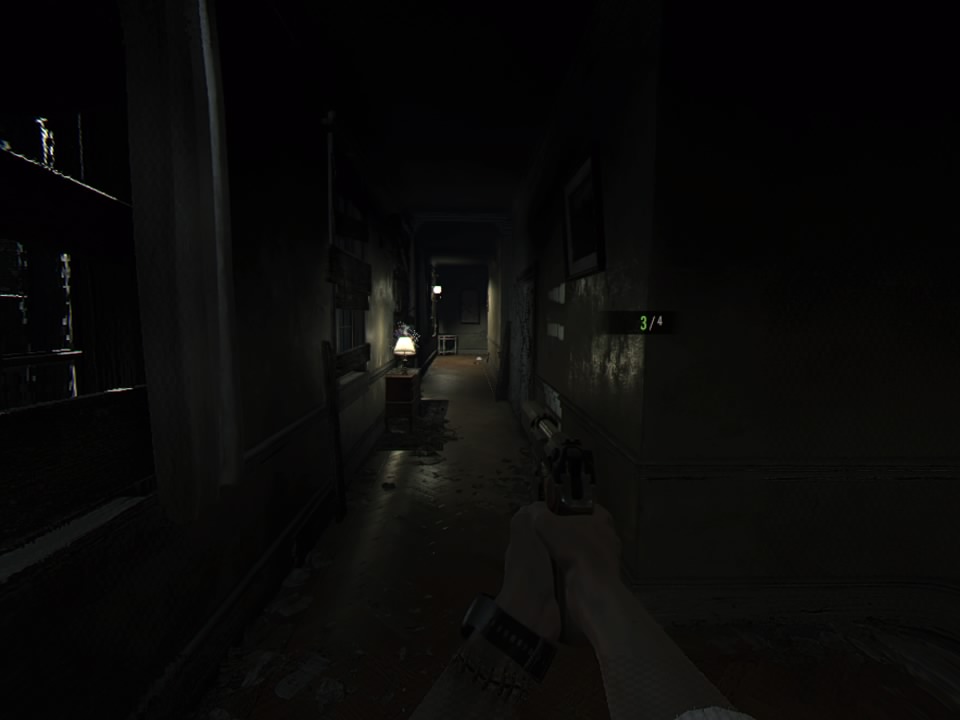
On the plus side, the immersion is fantastic, as Capcom have gone out of their way to incorporate as many tricks they can think of to showcase the technology. At times, buzzing insects surround you, spiders creep along your arms, knives and chainsaws are thrust inches away from your face, that kind of thing. There are a handful of cheap jumpscares, but luckily most of the fear is built through atmosphere and sound design, which is well-suited to a good pair of headphones in VR. PlayStation VR also makes combat and aiming a lot easier, as you simply aim the reticle using your head, which provides a far faster and more accurate solution than the regular controls.
Playing outside of VR, combat can be frustrating, as gunplay never feels very accurate. Enemies are able to dodge and weave a lot more easily than you’re able to keep up with them, which makes encounters tense, but also means you’ll be prone to wasting more ammo than you can afford to lose. The pistol feels weaker and more ineffective than it has in the past, but the shotgun has nice kick and should be your go-to gun (as long as you have ammo).
The new enemies of the game, the ‘Molded’, can be dispatched with the tried-and-true RE staple of destroying their heads, and they’re not bad as far as RE monsters go. Appearing as lumps of black mold and meat, they’re not as inventive as the undersea monstrosities of Revelations, but a welcome break from a standard zombie-variation. The boss fights are generally much more interesting, if at times a little scripted, as they require you to keep tabs on your environment for gaining the upper hand.
As is Resident Evil tradition, item boxes, item management, crafting and combining are back, although it has undergone a bit of a restructure. While in the past you could collect green herbs and combine them together to create more powerful curatives, in REVII, you’re entirely dependent on a key mixing component called ‘chem fluid’. Herbs, by themselves, are incredibly ineffective, and have to be combined with chem fluid to create useful medicine. However, chem fluid can also be combined with gunpowder to create ammunition. There’s generally an abundance of herbs and gunpowder, but it’s the chem fluid that is scarce, meaning that you’ll constantly have to prioritise what’s more important – ammo or health items.
Decisions like this really do make REVII a ‘survival horror’ title once again, and most of the game is smart to stick to this formula, which rewards careful preparation and exploration. As most modern Resident Evil games tend to do, the story and set-pieces do go off the rails as you near the end of the game, and it does all get a bit cliché and silly, but it’s nowhere near as bad as the series has been before.
It’s true, Resident Evil VII does feel like a magpie – snatching little bits and pieces that catch its eye from horror games across the past decade. Throughout the game, you’ll see chunks from Amnesia, Outlast, P.T., Silent Hill 2, F.E.A.R, and more. But, despite this patchwork, there is one game it feels like most of all – Resident Evil. REVII gets the roots of the series right, and it’s the scariest RE game we’ve played in years, and also the most substantial VR experience money can buy for PlayStation VR.
-A return to horrific exploration, puzzle-solving and survival -Great atmosphere, visuals and sound design -Completely playable in PlayStation VR
-Load times are dreadful -Visuals take a hit in VR -Combat is a little hit-and-miss, literally -Wears its many, many influences on its sleeve

